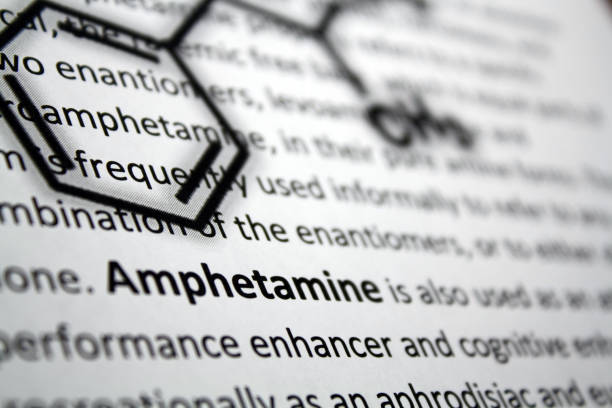ADHD is a disorder that has three different types of symptoms:
- Difficulty paying attention or concentrating on certain tasks
- Being overly active (or hyperactive)
- Act on impulse (without thinking)
Children or teens with ADHD can:
- Being easily distracted and forgetting things often
- Moving from one activity to the next too soon
- Have difficulty following directions
- Daydreaming too much
- Having trouble finishing tasks, such as schoolwork or housework
- Losing toys, books, and school supplies too often
How do doctors know if a child or adolescent has ADHD?
There is no medical or physical test to tell if someone has ADHD. Usually the parent, teacher, or other adult explains the behaviors they observe to the doctor. Your pediatrician or family doctor may suggest taking your child to see an expert specialist with training and experience in child development disorders and mental health.
Sometimes the child has ADHD at the same time as other problems, such as anxiety, learning disabilities, oppositional defiant disorder (a condition in which children or adolescents argue, disrespectfully answer, disobey, and challenge parents, teachers, and other adults), or problems with alcohol and drugs. The doctor can look for other medical problems that could explain your child’s symptoms.
How common is ADHD?
Today, ADHD is found in preschool children, adolescents, and adults more often than in the past.
- About 5 percent of children in the world show signs of inattention and hyperactivity.
- About twice as many boys as girls have ADHD.
- ADHD affects children of all races and walks of life.
How is ADHD treated?
Children often have more than one learning and/or emotional problem. ADHD may just be one of these problems. To decide on treatment, the doctor must do a complete evaluation.
There is no cure for ADHD, but there are treatments that can help relieve symptoms. You may have heard of some treatments, such as certain dietary changes, the use of supplements or vitamins, and others. There is not enough research to know how well these treatments work, so they are not included in this summary. The following two treatments are supported by much more research:
- Non-Medication Treatments: Behavioral Parenting Training, Psychosocial Therapy, and School Programs
- Medicines
Families can simultaneously use drug and non-drug treatments.
Non-drug treatments
Several types of non-drug treatments have been used for children with ADHD. Sometimes the whole family participates in these treatments.
What does the research say about non-drug treatments?
The researchers observed that:
- Helping parents acquire new skills to improve their child’s behavior (behavioral training for parents) reduces ADHD symptoms and disruptive behavior disorders in children under 6 years of age with ADHD.
- In some studies, improvements in disruptive behavior lasted up to 2 years.
- Parents who attend more parenting behavior training sessions see more improvement in their child’s behavior.
There is not enough research to know:
- Whether the combination of more than one type of non-drug treatment helps treat preschool children with Disruptive Behavior Disorder or ADHD.
- Whether behavioral or psychosocial therapy alone works after 12 months to improve ADHD in children 6 years and older.
- Whether parenting behavior training or school programs improve ADHD symptoms for more than 12 months in children 6 years and older.


